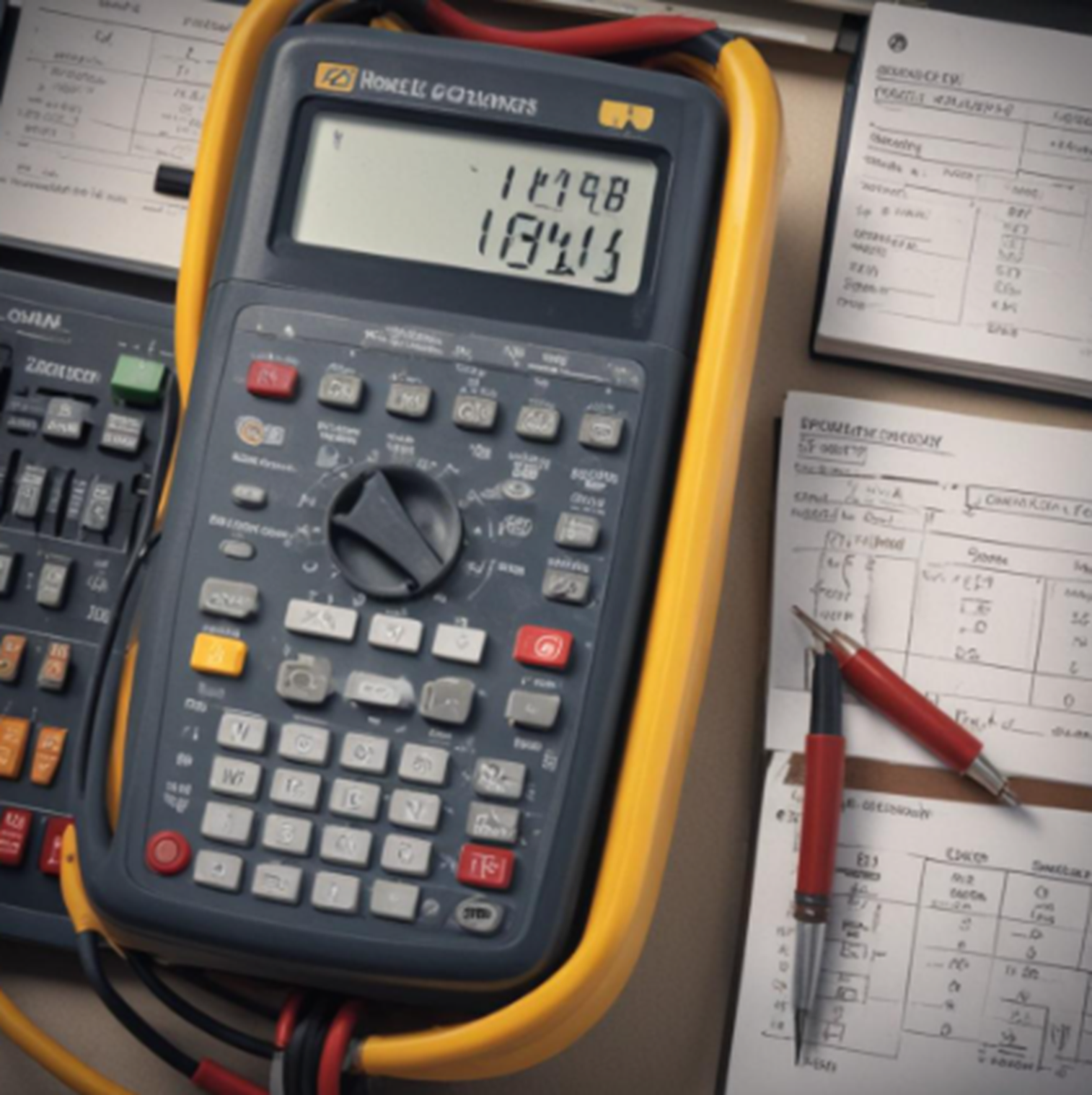Commercial fitout power load calculations are a critical component of planning and designing any commercial space. These calculations ensure that the electrical infrastructure is capable of supporting the intended use of the space, providing both safety and efficiency. Here’s an overview of how these calculations are typically performed.
Key Components of Power Load
Calculations
- Total Load Calculation:
- Unit Load: Each piece of equipment or
electrical fixture has a specified unit load, typically measured in watts
(W).
- Quantity: The number of each type of
equipment or fixture.
- Total Load: Multiply the unit load by the
quantity and convert the result to kilowatts (KW) by dividing by 1000.
- Diversity Factor:
- The diversity factor accounts for the likelihood that
not all equipment will be operating at full capacity simultaneously. This
factor reduces the total load to a more realistic value, reflecting
actual usage patterns.
- Power Factor:
- Most commercial electrical systems operate with a
power factor less than 1 (typically around 0.9). The power factor
accounts for the inefficiency of electrical equipment and is used to
adjust the maximum demand load accordingly.
- Maximum Demand Calculation:
- Without Power Factor: Multiply the total load by the diversity factor.
- With Power Factor: Divide the maximum demand
(without power factor) by the power factor to get the adjusted maximum
demand.
- Maximum Demand Amps:
- Convert the maximum demand in KW to amps, considering
the voltage and type of electrical system (typically three-phase power
systems in commercial settings).
Steps in Power Load Calculations
- Identify Electrical Loads:
- List all electrical equipment and fixtures, including
HVAC systems, lighting, workstations, and any specialized equipment.
- Calculate Total Load:
- For each item, multiply the unit load by the quantity
to get the total load in watts. Convert this to kilowatts by dividing by
1000.
- Apply Diversity Factor:
- Apply an appropriate diversity factor to the total
load. For example, if the total calculated load is 100 KW and the
diversity factor is 0.8, the maximum demand would be 80 KW.
- Adjust for Power Factor:
- Divide the maximum demand by the power factor (e.g.,
0.9) to account for inefficiencies. This gives the true maximum demand in
KW.
- Convert to Amps:
- Use the formula Amps = (KW×1000)/(Voltage×√3) to
convert the maximum demand in KW to amps, assuming a three-phase power
system.
Practical Example
Imagine a commercial office fitout with the following requirements:
- 20 workstations: Each requiring 200 W.
- Lighting: Total of 5000 W.
- Air Conditioning: Total of 15000 W.
- Diversity Factor: 0.8 for workstations and
lighting, 1.0 for air conditioning.
- Power Factor: 0.9.
Step-by-Step Calculation:
- Total Load:
- Workstations: 20×200=4000 W or 4 KW.
- Lighting: 5000 W or 5 KW.
- Air Conditioning: 15000 W or 15 KW.
- Total: 4+5+15=24 KW.
- Apply Diversity Factor:
- Workstations and Lighting: (4+5) × 0.8=7.2 KW.
- Air Conditioning: 15×1.0=15 KW.
- Combined Maximum Demand: 7.2+15=22.2 KW.
- Adjust for Power Factor:
- 22.2/0.9=24.67 KW.
- Convert to Amps:
- Assuming a 415V three-phase system:
- Amps = (24.67×1000)/(415×√3) = 34.4
This example illustrates how to methodically calculate the electrical
load requirements for a commercial fitout, ensuring that the electrical
infrastructure can handle the anticipated load while accounting for practical
usage patterns and system inefficiencies. Properly performed calculations are
essential for designing safe, efficient, and effective commercial spaces.
Diversity Factor Table
The diversity factor accounts for the probability that not all electrical
devices will be operating at their maximum load simultaneously. This factor
reduces the overall load to a more practical estimate of the power demand.
|
Equipment/Area |
Diversity Factor |
|
Office Workstations |
0.8 |
|
General Lighting |
0.8 |
|
HVAC Systems |
1.0 |
|
Server Rooms |
1.0 |
|
Kitchen Appliances |
0.7 |
|
Meeting Rooms |
0.9 |
|
Miscellaneous Equipment |
0.8 |
Power Factor Table
The power factor is a measure of how effectively electrical power is
being used by a system. It is a ratio of the real power that is used to do work
to the apparent power that is supplied to the circuit. In commercial settings,
power factors typically range from 0.8 to 0.95.
|
Equipment/Area |
Power Factor |
|
Office Equipment |
0.9 |
|
General Lighting |
0.95 |
|
HVAC Systems |
0.85 |
|
Industrial Equipment |
0.8 |
|
Server Rooms |
0.95 |
|
Kitchen Appliances |
0.85 |
|
Miscellaneous Equipment |
0.9 |
By incorporating these diversity and power factors into your
calculations, you can ensure that your commercial fitout is designed to be both
efficient and reliable. Proper planning and accurate calculations help avoid
overloading circuits and ensure the safety and functionality of the space.









No comments:
Post a Comment